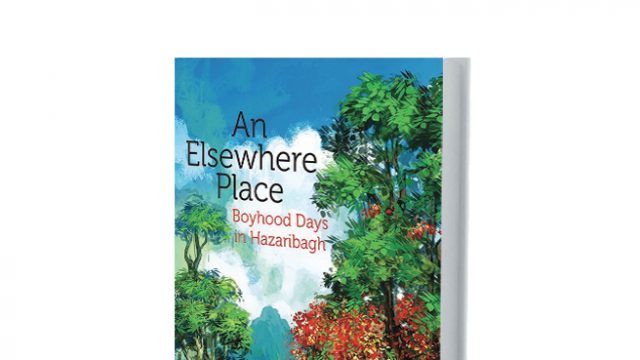Long ago, in a time before Maoists, Hazaribagh was where grandfathers had summer homes. People flitted between the place of a thousand gardens and Kolkata. Malay Kumar Roy was one of the lucky few who spent his boyhood in the woods and fields. He revisits his days in a place that remains only in memory. In his foreword, he describes mustard fields like sheets of gold, flaming trees alight with flowers, feathery clouds blowing across the sky, creating an idyll with words the way Bond does with Mussoorie.
Like Mussoorie, Hazaribagh was a British colony—the Brits left their bungalows and their names scattered over the area. After they left, the big houses were taken over by local landowners or those grandfathers from Kolkata. Once the scene is set, Roy moves on to the other facets of the Hazaribagh he remembers.
The book is divided between the locals who add their own touch of uniqueness to the character of Hazaribagh, the people who come and go, Roy’s mentors in his youth, and his fleeting encounters with the wild. The people Roy describes are those who belong to the villages or work for the bungalows—a race that is now dismissed as ‘tribal’ and under the heel of Maoists. The dairy man’s son, Sukhni, the obstinate maali who works for Roy’s father and the heroic tea stall boy are, in their own way, as colourful as the flowers scattered all around. The dairy man’s son, for example, refuses to do anything for anyone and has a dour expression on his face—dour being one of Roy’s favourite adjectives— until suddenly, one hot afternoon, he acts out of character. The bungalow maali ignores all of Roy’s father’s suggestions for the garden—like planting vine gourds for their white flowers on the front lawn—and plants sheets of chrysanthemums in winter, turning a deaf ear to all protests. However, one moonlit night, the inspiration behind his obstinacy is revealed.
By way of contrast, the migrant population from Kolkata distinguishes itself by having something to prove. The Author, with a capital A, wants to come to cuffs with a dacoit but is an ignominious failure when push comes to shove. A trio of boys is determined to show what brave shikaaris they are, but when confronted by wildlife, they turn to jelly. Kolkata readers may be indignant at this blackening of the Bengali character, but Roy is presumably describing what he has encountered, and, in any case, the names are changed to protect the guilty. Perhaps it is in the nature of migrants to be irresponsible and condescending with the weight of sophisticated urban culture behind them, but nature proves to be a great leveller. Roy’s encounters with wounded foxes and a baby bear drunk on mahua flowers form one of the most fascinating sections of the book. The animals, in fact, have as much influence on people as people do on them. A lone wolf uncharacteristically saves Roy from a hyena, a katla fish is majestic even in death. The herd boy, Haria, is heartbroken when a leopard snatches his pet calf.
Hazaribagh, like most British colonies, had a Jesuit school, St Xavier’s in this case. Roy writes about his teachers and schoolmates, Father Cronin, Greg and Aditi, who modelled WW II planes and taught him lessons about the grace of flight and took his imagination soaring beyond barriers. In the end, that ‘elsewhere place’ sometimes seems too good to be true but certainly lives up to the title.




